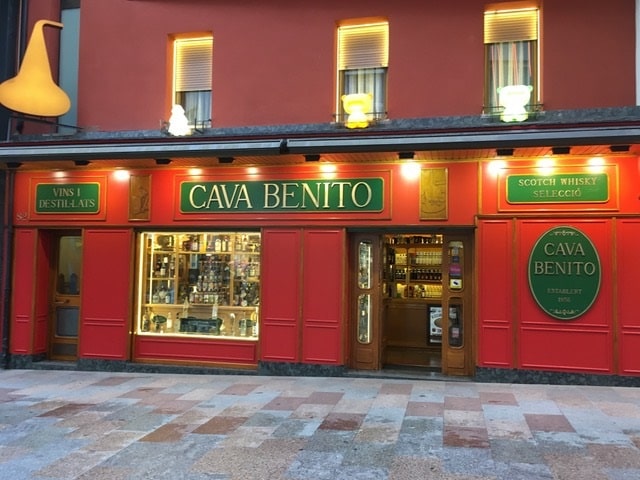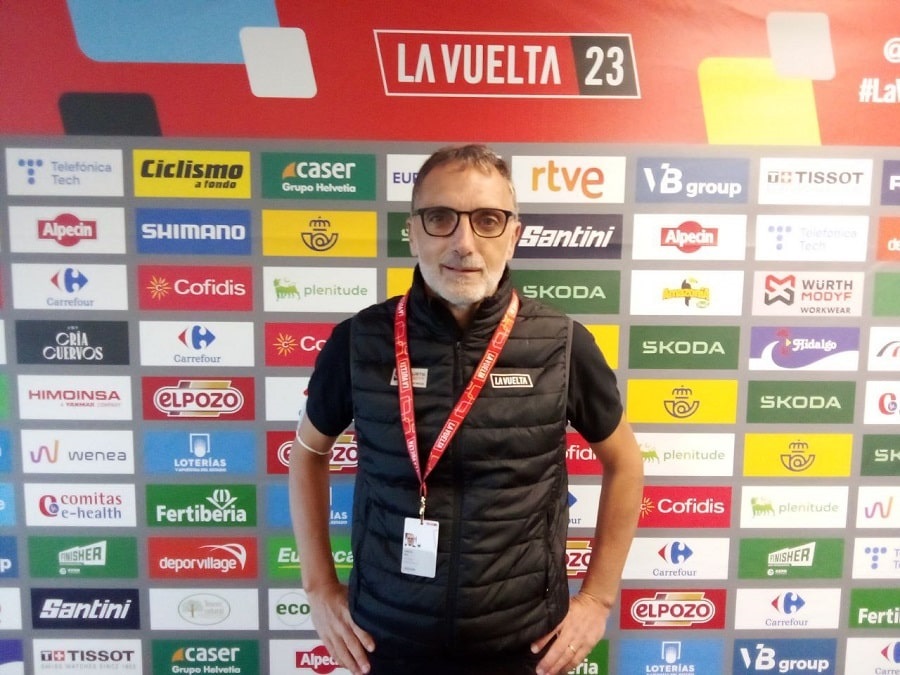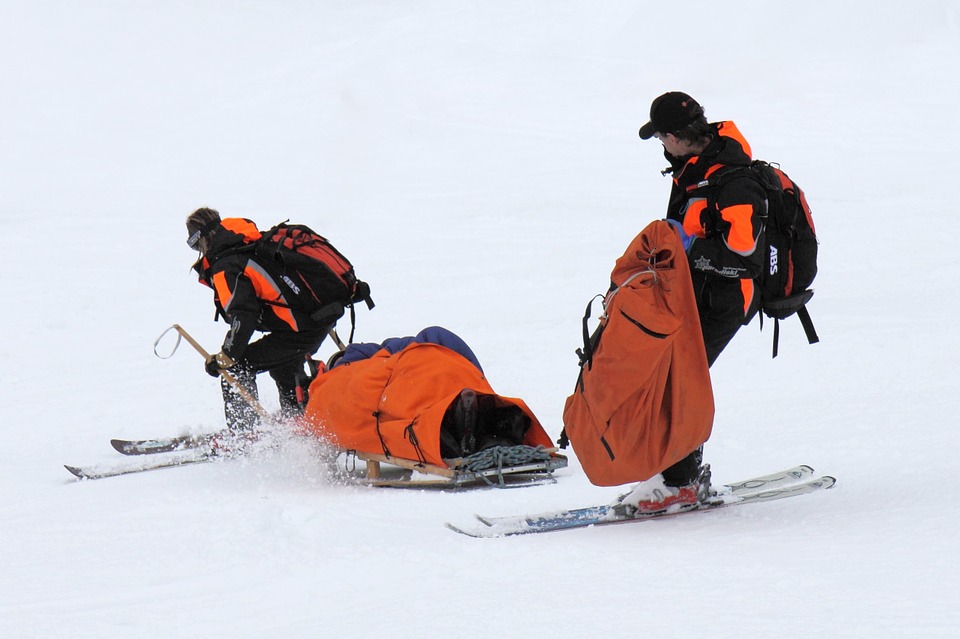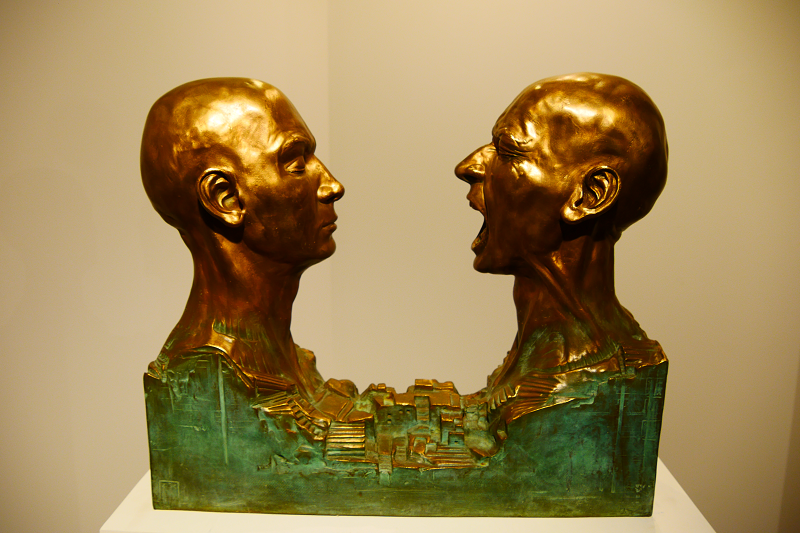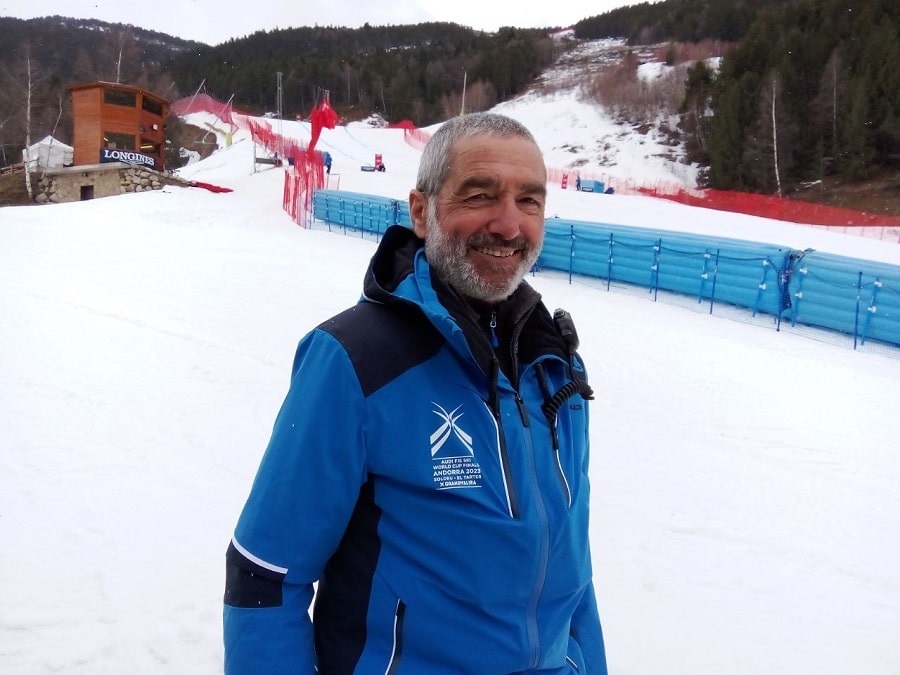 Enric Barbier is the Technical Director of the Grandvalira Ski Resort (Andorra) and the Audi FIS Ski World Cup Finals-2023. He has a key role in the work of the whole event since he manages the quality of the ski slopes. He told us how the preparations for the World Cup are going on.
Enric Barbier is the Technical Director of the Grandvalira Ski Resort (Andorra) and the Audi FIS Ski World Cup Finals-2023. He has a key role in the work of the whole event since he manages the quality of the ski slopes. He told us how the preparations for the World Cup are going on.
Interview: Irina Rybalchenko for El Periòdic News
How is the preparation for the World Cup going in general?
It takes many years to meet the requirements of the FIS—it is not something that can be improvised. The level of security and preparation is very demanding.
Preparation work began as soon as we heard that the World Cup 2023 will be held in Andorra. This year it wasn’t cold. There was a moment when we had a serious question – shall we prioritize the World Cup, risking this ski season not going well?
Until January 15, when the first cold really began, we did nothing on the slopes. Because it didn’t make sense. These slopes were closed to the public because there was no snow.
After January 15, we started to work. But there is also a commercial component that we must also consider. Therefore, for some time the slopes were open to everyone. And our clients enjoyed them.
Avet is a more technical slope. We closed this slope several times to pump water and prepare snow. When the date of the competition was still a long way off in the future, we could reopen Avet slope. It was closed to the public just two weeks ago. The hardness of the snow is very important for this slope.
Nevertheless, the snow on the slopes is far from ideal. They even talk about the season closing soon. What is the probability that the FIS will cancel the World Cup?
We never know that until the day of the competition. A week ago, we had perfect conditions. After the warm weather and three days of rain, the quality of the snow has changed.
The FIS delegation arrived a few days ago, and especially on the morning of March 13 during the first inspection, I really doubted that we would do the test on the same day. But we threw a lot of salt on the track—about 3000 kg— and the FIS accepted the quality of the snow. As a result, we had a very good test.
On the 14th of March, it was no longer necessary to add salt. And although yesterday’s rain was very uneven, the temperature dropped and we could do another test.
Is it true that people had to work at night to get the right snow conditions?
Some people work at night because they operate the machines that work at night. But usually, the staff starts working at 6 in the morning.
They say that in Andorra, after Catalonia, the water shortage begins. Due to the construction of multi-story buildings, this problem can become even more tangible. It takes a lot of water to make snow. Do you still have enough water?
Bad information! Luckily, Andorra has no problems with water. When we produce snow, no water is wasted, because we return water to nature. The water that we transform into snow a few months after it melts is not water that is consumed and lost. We take it, transform it into snow and return it to the environment.
I would like to estimate the cost of preparing slopes for the World Cup. In current conditions, how much did it cost to make 1 m³ of snow?
The budget depends on how cold it is, how much salt is needed to add to the snow, and electricity costs …
The colder it is, the less energy it takes to turn water into snow.
The cost of producing 1 m³ of snow is between 1 and 5 euros. This year, energy has risen in price, so the production of 1 m³ of snow is now more expensive. If we consider only the cost of electricity, we get 2 euros per 1 m³.
Let’s now calculate the costs of preparing two competition tracks …
I can talk about the whole station. This year we used about 700,000 m³ of water. That’s what we need to produce about 1.5 million m³ of snow. If we consider only the cost of electricity, as I said, 1 m³ of snow costs 2 euros. By multiplying the 1.5 million m³ we produced, we get 3 million euros.
And is it profitable?
The station is profitable if it is not closed. This is the answer.
The open resort gives life to many related sectors: hotels, restaurants, shops, ski rental … What’s better? Win a little or lose it all?
Andorra’s economy significantly relies on snow. Climate change may have the most negative impact on Andorra’s GDP, which is mainly made up of tourism. Do you share these concerns?
We don’t know what winter will be like next year, or in two years, or five years.
But it is a trend: every year the winters in Andorra are warmer, and there is less and less snow …
This is wrong. I don’t agree that the snow is less every year. In years like this one, the winter was very warm and did not bring snow. But that happens. Winters have been warm before. Climate change is a global problem. No one can say this isn’t happening. But we don’t know exactly how this will affect the climate in Andorra in the coming years.
Does this week’s weather forecast allow us to expect all competitions to go off without a hitch?
Now we are improving little by little. March 15 is going to be a little colder, Thursday will be the best day! The temperature rises again on Friday, and it may snow on Saturday and Sunday. I don’t think there is any problem. We will do all the competitions!




